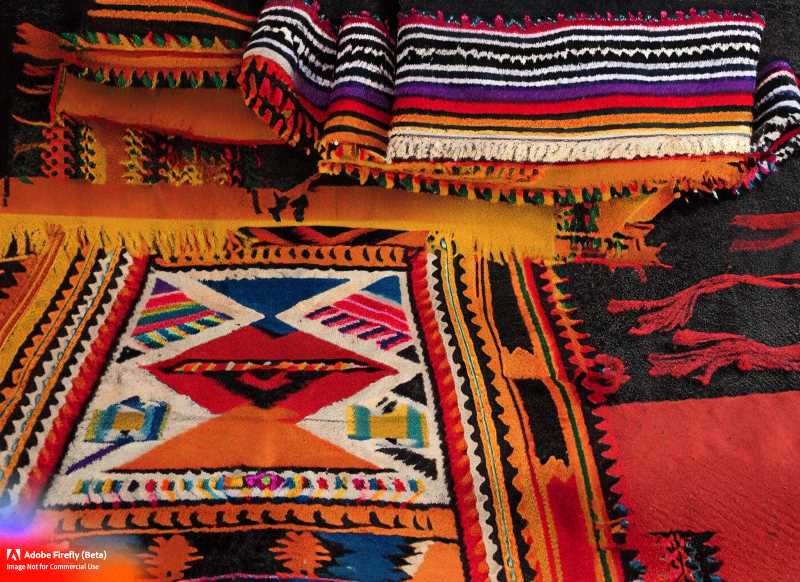How Temoaya Rugs Are Changing the Game in Handicrafts
Discover the rich history and exquisite craftsmanship behind Temoaya rugs, a distinctive feature of Mexican handicrafts. Handmade using the Persian technique with 100% virgin wool and natural dyes, each rug takes weeks to months to complete.





